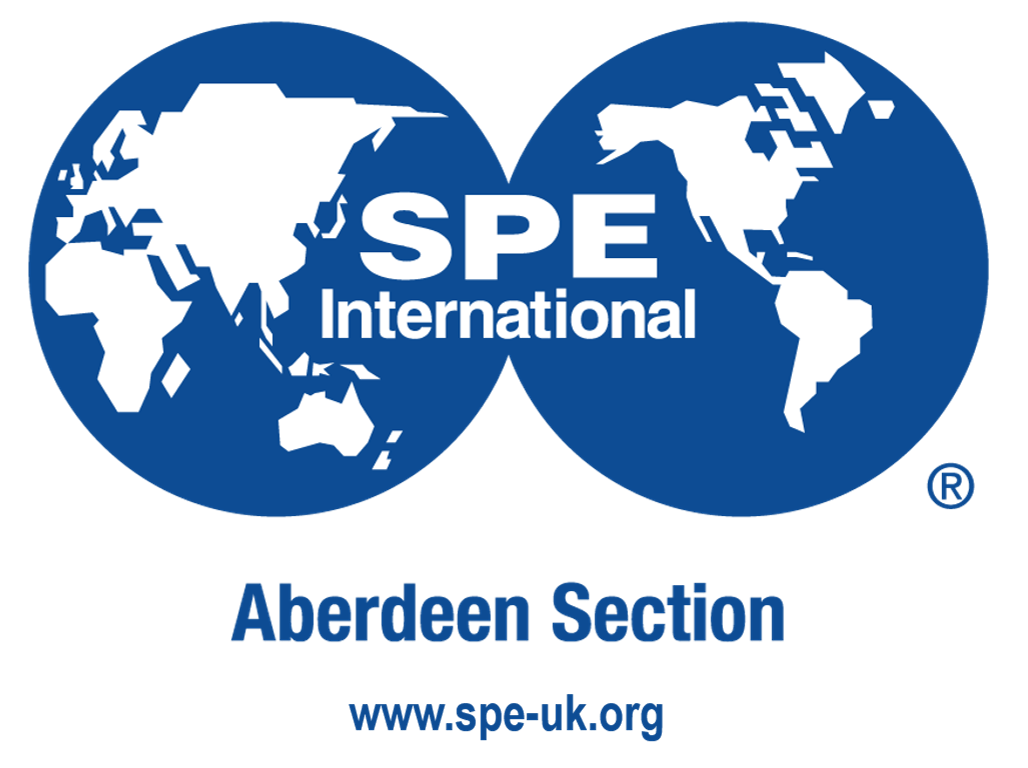Integrated Historical Workflows: Maximising the value of a mature asset
Anne Valentine
SPE Distinguished Lecturer
Principal Instructor, Production Engineering, Schlumberger

Biography:
 Anne Valentine is a Principal Instructor for Production Engineering at Schlumberger. She has 35 years of experience in Canada and France in well and reservoir performance analysis, particularly related to waterflooding, unconventional reservoirs and candidate recognition for production enhancement. She built her expertise in performance analysis workflows and software through working on the Cold Lake heavy oil field as a reservoir and field engineer at Esso Resources Canada Limited, then consulting for Halliburton before joining Schlumberger in 2001. A graduate in Chemical Engineering from Queen’s University in Canada, she has co-authored papers on analysis techniques for polymer floods, waterflood optimization and shale gas forecasting.
Anne Valentine is a Principal Instructor for Production Engineering at Schlumberger. She has 35 years of experience in Canada and France in well and reservoir performance analysis, particularly related to waterflooding, unconventional reservoirs and candidate recognition for production enhancement. She built her expertise in performance analysis workflows and software through working on the Cold Lake heavy oil field as a reservoir and field engineer at Esso Resources Canada Limited, then consulting for Halliburton before joining Schlumberger in 2001. A graduate in Chemical Engineering from Queen’s University in Canada, she has co-authored papers on analysis techniques for polymer floods, waterflood optimization and shale gas forecasting.
Outline:
Industry studies show that mature fields currently account for over 70% of the world’s oil and gas production. Increasing production rates and ultimate recovery in these fields in order to maintain profitable operations, without increasing costs, is a common challenge.
This presentation addresses techniques to extract maximum value from historical production data using quick workflows based on common sense. Extensive in-depth reservoir studies are obviously very valuable, but not all situations require these, particularly in the case of brown fields where the cost of the study may outweigh the benefits of the resulting recommendations.
This presentation will also include workflows based on Continuous Improvement/LEAN methodology which are flexible enough to apply to any mature asset for short and long term planning. A well published, low permeability brown oil field was selected to retroactively demonstrate the workflows, as it had an evident workover campaign in late 2010 with subsequent production increase. Using data as of mid-2010, approximately 40 wells were identified as under-performing due to formation damage or water production problems, based on three days of analyses. The actual performance of the field three years later was then revealed along with the actual interventions performed. The selection of wells is compared to the selection suggested by the workflow, and the results of the interventions are shown. The field’s projected recovery factor was increased by 5%, representing a gain of 1.4 million barrels of oil.
 Loading...
Loading...

Member rates apply to members of: SPE, EI, AXIS, IChemE, ICoTA, IMC, OGUK
If you encounter any problems while making this booking please contact Diane Wood aberdeen.manager@spe-uk.org


